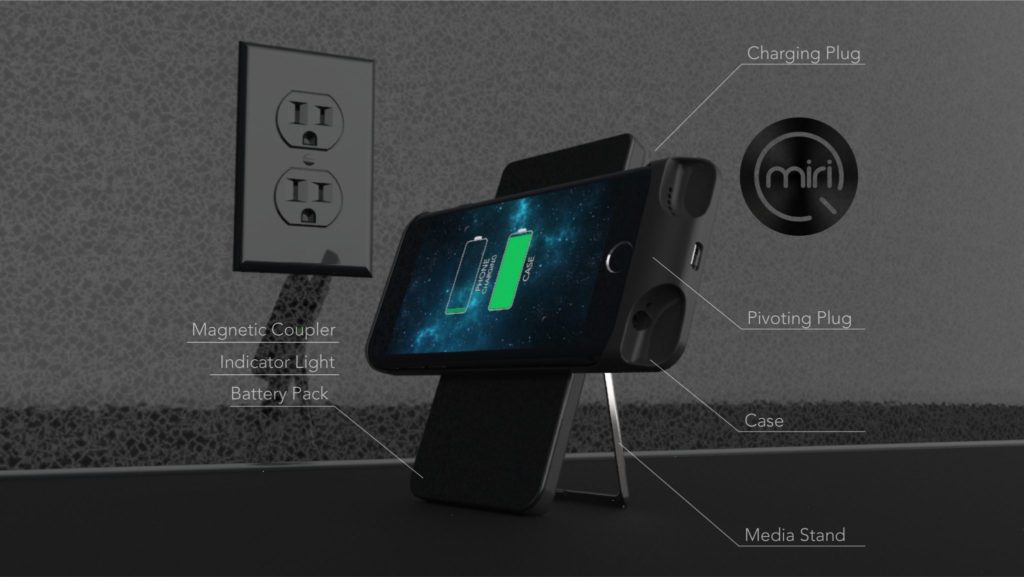Product Design or Industrial Design is the practice of designing for production and automated manufacture. Consumer Product Design is the unique focus on consumer products as differentiated from commercial, Medical or Industrial Products.
Consumer Product Design reflects working specifically on products that will be sold, purchased and used by consumers. Regular people, buying in a market filled with competitors which may be appealing for its cost, function or cool factor.

1. Study the Competition
When focusing on consumer product design, you must consider the competitive products on the market and how our new offering will compete. We must make sure we account for how our product will compare and deliver on that promise via the products design, cost or improved functionality. And deliver a design that represents, promotes and broadcasts that improvement to the market.
Consumer Product Design is deeply influenced by how crowded the market is. If the market is saturated with strong companies such as the audio industry and companies like Sony, Bose, Denon, etc. it will be harder to develop a powerful design because all those great players have done lots of work to remain competitive and have already established their competitive position.

Image by Sonos via sonos.com
On the other hand if the consumer product design is for a new, innovative program like we did for Wayzn, https://wayzn.com/ the cloud connected automated pet door, there are no competitors so there is little to compare and compete against. So a strong, competitive design will be easier to create since it actually is not competing with any other products designs. Now with a good product design, it’s only about its functionality.

Image by Wayzn via wayzn.com
2. Learn the Limits of the Market
Consumer product design is often based around fitting into an existing and crowded market. An example of this is reflected in smart phone accessories similar to the many iPhone case add-ons, chargers and other expansion offerings. That means, design for integration into an existing market. Some markets have a formal process like MFI (“made for iPhone)” and others do not. Within an existing market there are often scenarios where the natural path is to create defendable IP (Intellectual Property) and develop the product for licensing or acquisition. Then the long term market penetration is provided by an existing player within that segment.

Another attribute of consumer product design relates to the product value and features. Of significant importance in developing a product is to know the market cost threshold and do not exceed. If we are solving a user’s pain point, the cost of that solution should be within the value they feel its worth. That means we must be cognizant of how much our design and feature choices cost and make sure we don’t exceed what the market decides its worth. In other words, if a product costs $50 retail but the problem it solves is only minimal and rare, it might only be a valuable product at $10 and won’t sell. It’s not the first time a company has offered a product at a price way above what the market will bear.
3. Work Within Those Limits
Once, long ago, in consumer product design, we often performed to do the best design and engineering we could. The client noted that if they could not produce the product for about $4.50 they did not have a product to sell. We had never been responsible for manufacturing costs before and normally did not even have a role in product pricing. At their request, we did some back of the napkin calculations of size and material weight. Then we check with manufacturers to see if they could make the housing of the size we specified for $4.50 at the quantities they required. We found that we could meet that pricing and even add a counter weight to improve balance. This was the first time we learned that we must deeply integrate with all upstream and downstream partners in the process to assure we can meet each other’s needs and goals.
This also allows for a “design for manufacture” (DFM) step while still in development. DFM can influence costs at the raw manufacturing end as well as the assembly and test. Sometimes we’ve done a first pass costing assessment only to find we’re above our goal and can do something as simple as changing wall thickness or modifying the materials to meet the pricing goal.
Learn more at DesignRush.



